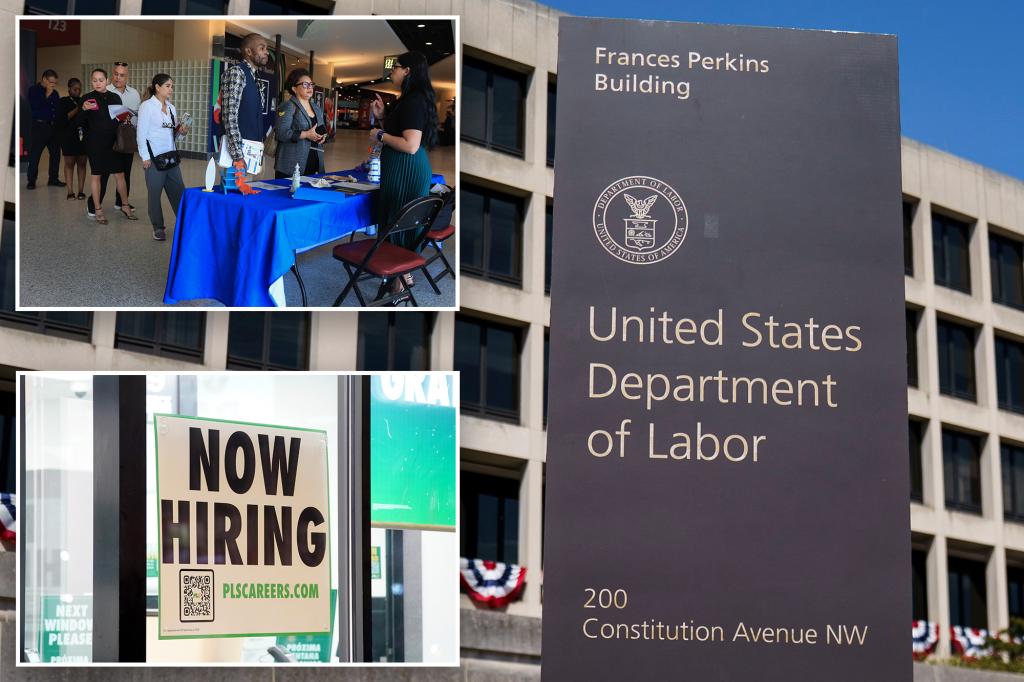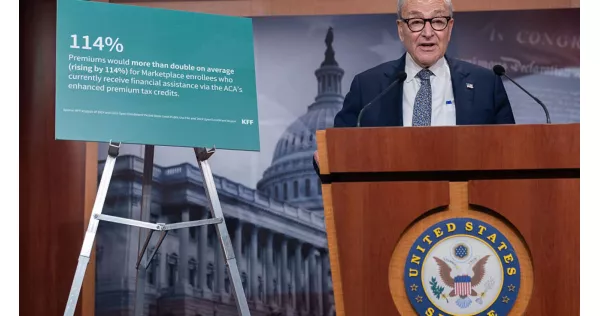US Private Payrolls Experience Sharpest Decline in Over Two Years
In a surprising turn, private payrolls in the United States fell by 32,000 jobs in September, marking the steepest drop since March 2023. This figure starkly contrasts with economists’ expectations of a 50,000 job increase, signaling a notable weakening in the labor market, according to the latest ADP report released on Wednesday.
Labor Market Shows Signs of Softening
The September decline follows a revised figure for August, which showed a decrease of 3,000 jobs, a significant revision from the initially reported growth of 54,000. This downward trend in private sector employment highlights growing fragility in the job market as the economy faces multiple headwinds.
ADP’s data, which tracks payrolls at private companies, is often viewed as a preliminary indicator ahead of the government’s more comprehensive employment reports. However, the current data suggests that the labor market may be losing momentum more rapidly than anticipated.
Government Shutdown Threatens Economic Data Releases
Compounding concerns, a looming government shutdown in Washington, DC, threatens to disrupt the release of critical economic data. If the shutdown persists, the Bureau of Labor Statistics (BLS) will likely delay its nonfarm payrolls report, scheduled for release this Friday. This report is typically considered more authoritative than ADP’s figures, as it includes government employment and offers a broader view of the labor market.
Additionally, the Labor Department’s weekly jobless claims report, usually published on Thursdays, may also be postponed. This would mark the first interruption in the BLS payrolls report release since 2013, underscoring the potential impact of political gridlock on economic transparency.
Implications for Federal Reserve Policy
Bill Adams, chief economist at Comerica Bank, noted that while ADP’s monthly employment estimates are generally secondary to the government’s official data, the current circumstances elevate their importance. With the BLS report potentially unavailable, financial markets and policymakers are likely to focus more intently on the ADP data.
The weaker-than-expected payroll numbers increase the likelihood that the Federal Reserve will implement another quarter-point interest rate cut at its upcoming meeting later this month. This follows the Fed’s recent decision to reduce rates by 0.25 percentage points last month, the first cut since December 2024, amid growing concerns about labor market softness outweighing inflation pressures.
Outlook Amid Economic Uncertainty
The unexpected decline in private payrolls, combined with the risk of delayed government data due to the shutdown, injects uncertainty into the economic outlook. Policymakers face the challenge of balancing support for a weakening labor market while managing inflation risks.
As the Federal Reserve prepares for its next policy decision, the evolving labor market data will be closely scrutinized. The potential absence of the BLS report adds complexity to this assessment, making the ADP figures a critical, albeit less comprehensive, gauge of employment trends in the near term.




